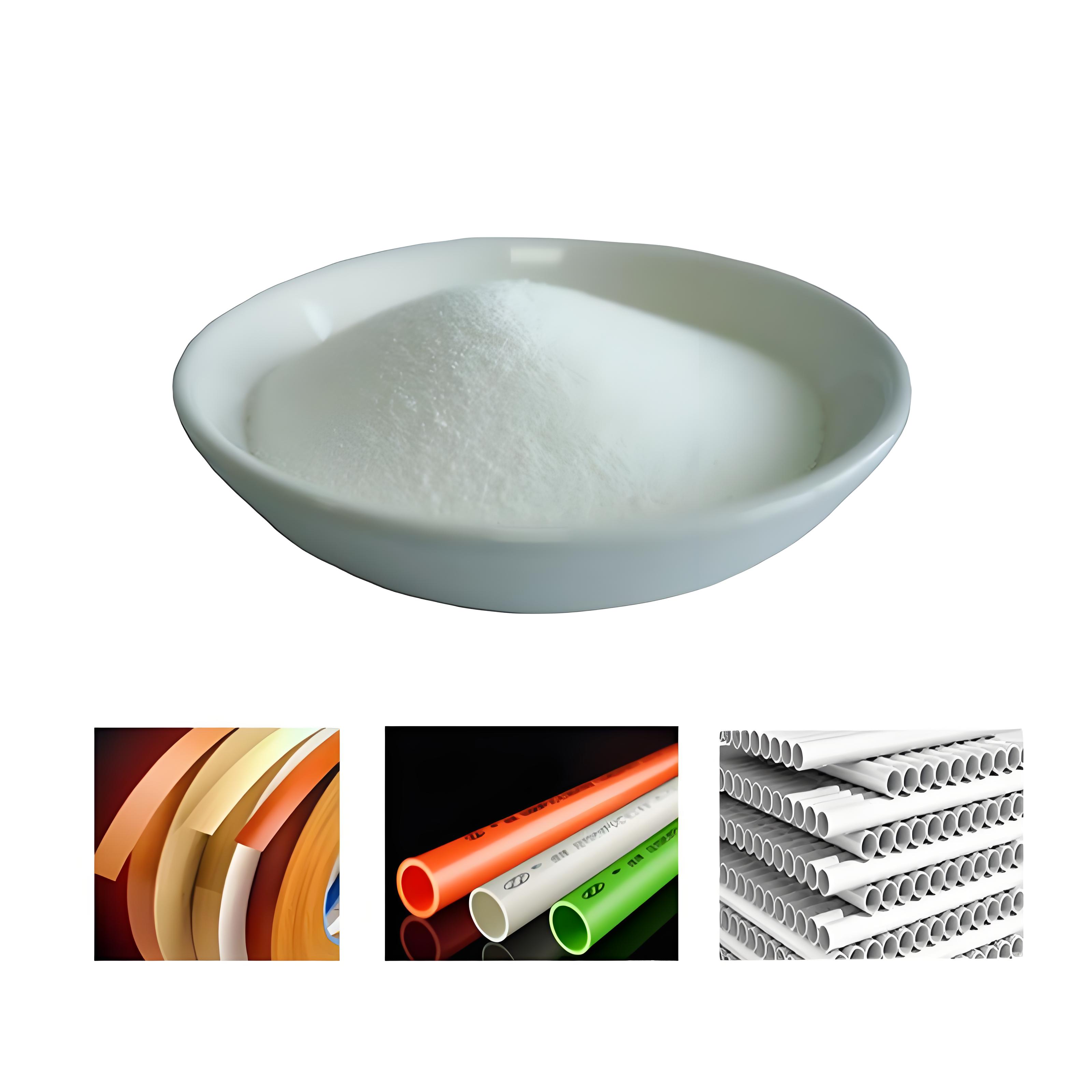
How does ACR reshape the future of PVC products
In today's field of polymer materials, acrylate copolymer (ACR) is quietly driving an industrial revolution in PVC products with its unique performance advantages. As an indispensable modifier in the PVC processing, ACR not only resolves the performance bottlenecks of traditional PVC materials but also opens up a new path for environmentally friendly and high-end development. This article will delve into how ACR reshapes the future of PVC products at the molecular level.
The transformation of PVC products by ACR is first reflected in the breakthrough of mechanical properties. Traditional PVC materials have the defects of high brittleness and poor weather resistance, while the core-shell structure of ACR can effectively enhance the melt strength and impact resistance of PVC. The PVC door and window profiles modified by ACR can still maintain excellent toughness in a low-temperature environment of -30℃, and their service life is significantly extended to over 50 years. This performance leap has significantly expanded the application scope of PVC in the construction field.
In terms of environmental performance, ACR also demonstrates revolutionary value. Its unique lubricating property reduces the processing temperature of PVC by 15-20℃, not only saving energy consumption but also reducing carbon emissions during the production process. More notably, ACR can stabilize the performance of recycled materials, increasing the recycling rate of PVC from 40% to 80%, providing key technical support for the sustainable development of the plastic industry.
From the perspective of industrial development, ACR is promoting the evolution of PVC products towards functionalization and customization. By adjusting the types and proportions of ester groups in ACR molecules, specialized materials that meet the demands of different fields can be developed. In the medical field, transparent ACR-modified PVC is widely used in infusion devices. In the automotive industry, flame-retardant ACR/PVC composites are gradually replacing traditional metal parts. The flexibility of this material design has opened the door to the high-end application market for PVC products.
Looking ahead, with the rapid development of new infrastructure and the green economy, ACR modified PVC will enjoy a broader application space. From 5G communication equipment casings to degradable packaging materials, ACR will continue to drive PVC products to break through performance boundaries. This material revolution triggered by molecular design has not only transformed the industrial ecosystem of PVC but also provided a model for the innovative development of polymer materials.
Shandong AXA Chem Co.,Ltd
June 7, 2025



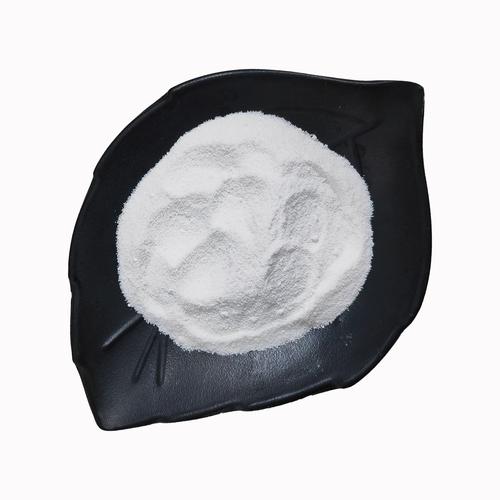
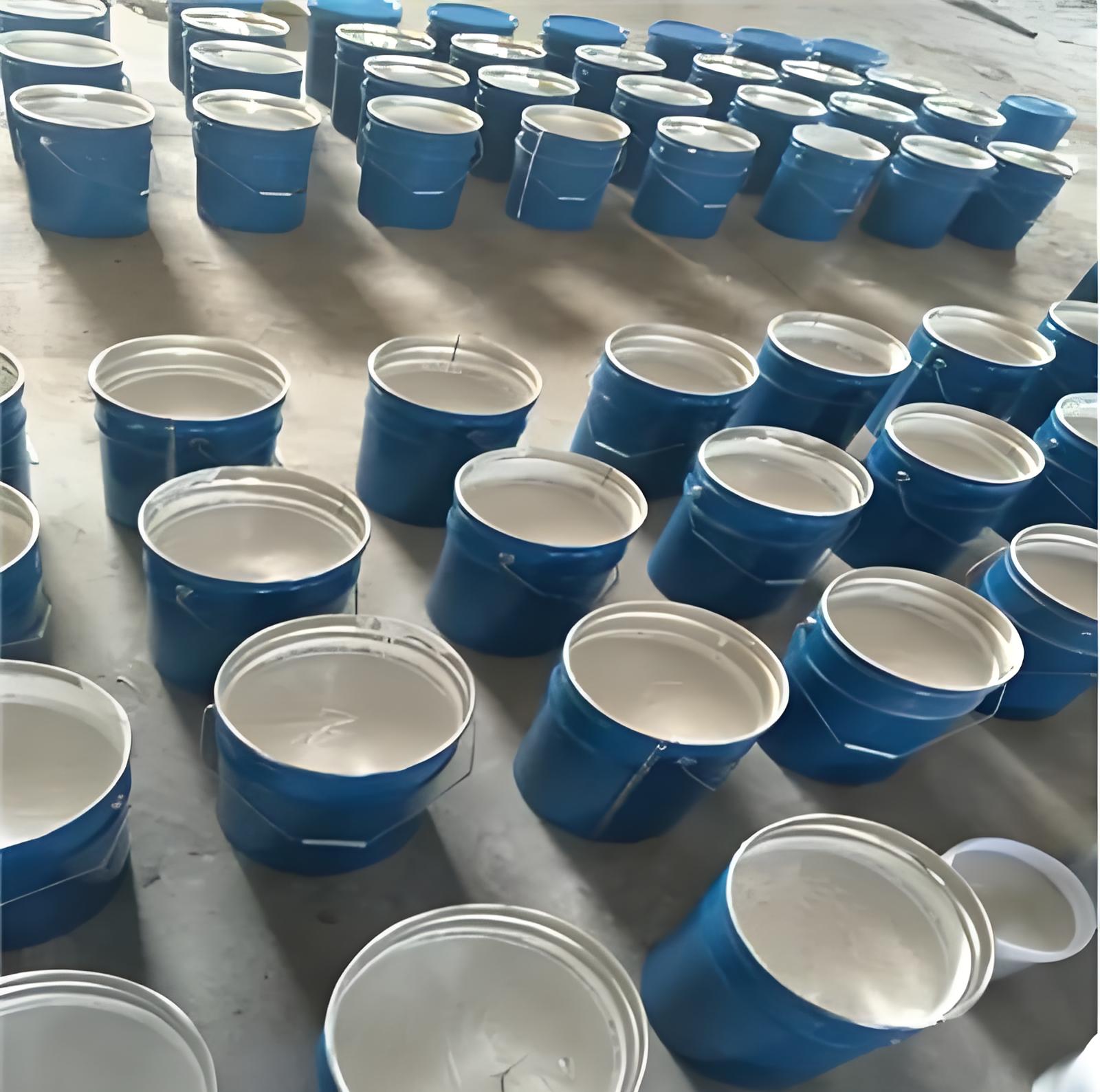
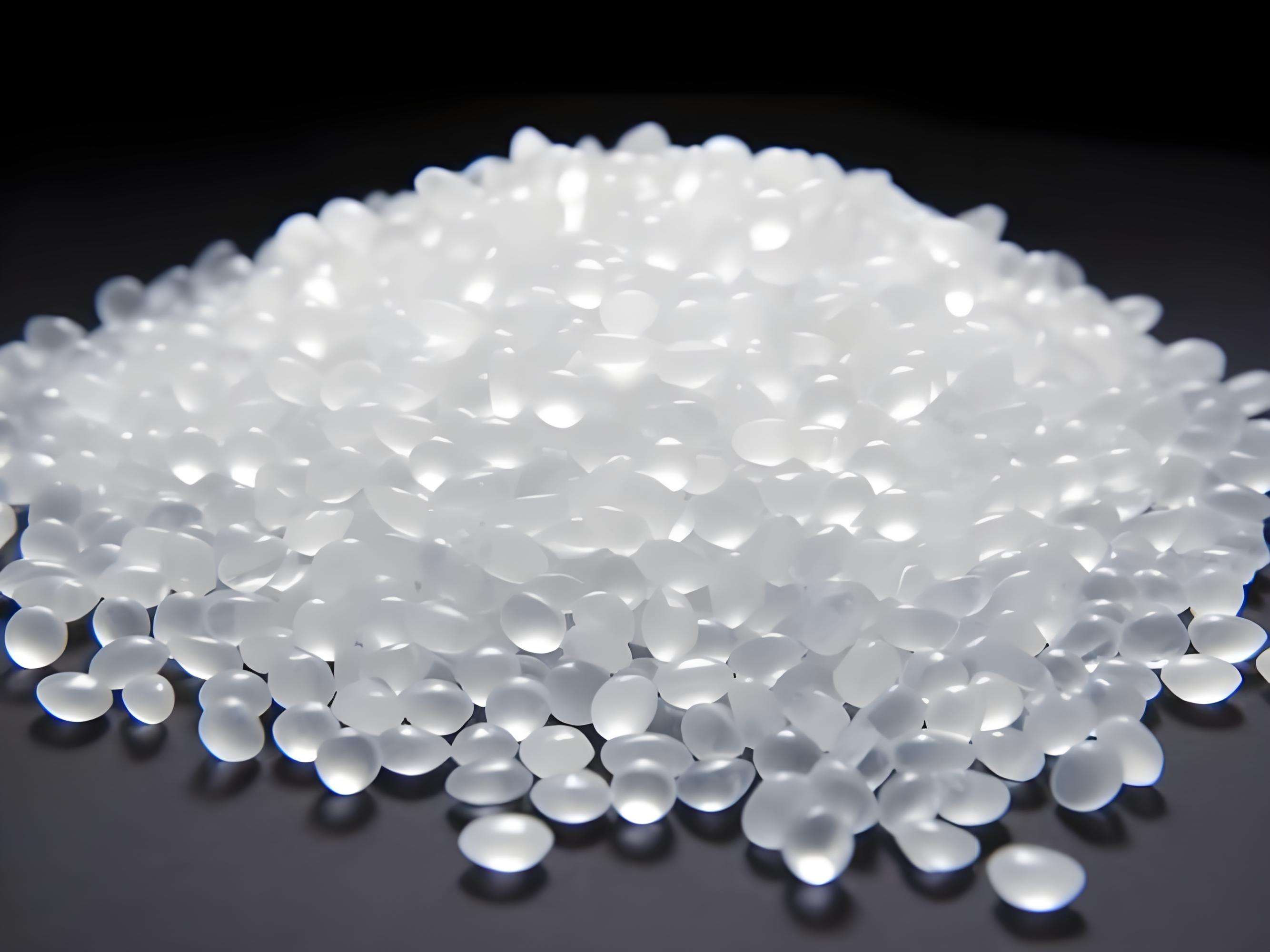

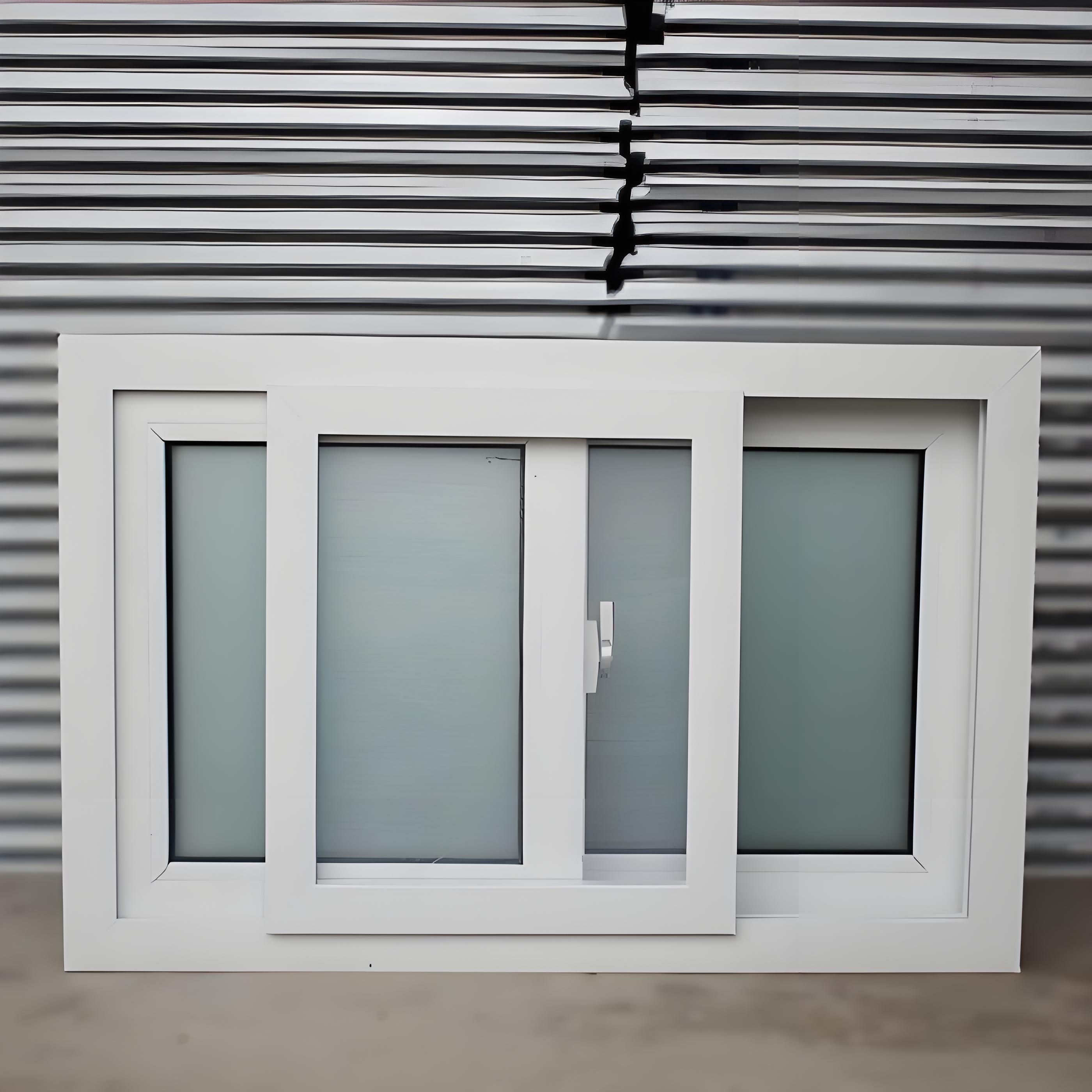








Leave a Reply
Your email address will not be published. Required fields are marked *